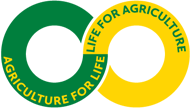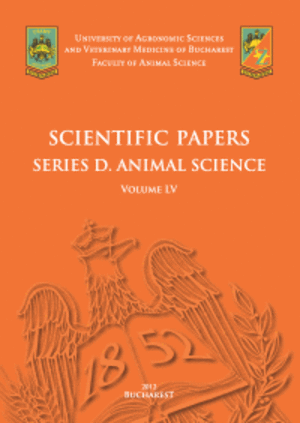Published in Scientific Papers. Series A. Agronomy, Vol. LXVIII, Issue 1
Written by Adrian FILIP, Niculae DINCĂ, Ana-Maria STANCIU, Gabriela-Cristina MANTEA, Daniel DUNEA
The availability of solar radiation is a key environmental factor in the development of plant species, the intensity and regime of light being important for plant morphology and production, directly influencing the dominant species during a certain period of a season. To study the development of vegetation in riparian grasslands, 36 experimental plots were established. The experiment was located in Mogoșești village, Dragomirești commune, Dâmbovița county, approximately 1 km from the Dâmbovița river, where the environmental conditions are similar to the areas occupied with grasslands near the Dâmbovița River. Two variants were considered: fertilized and unfertilized. The plots were sown with various varieties, combined, of Medicago Sativa, Lotus Corniculatus, Lolium, Festuca, Poa, etc. Vegetative growth was good, including on some plots in the unfertilized lot; however, in the absence of fertilization and deficiencies in the microelements necessary for plant development, the vegetation in the unfertilized plots showed lower LAI values, and lower density, and lower quantities of dry matter.
[Read full article] [Citation]




